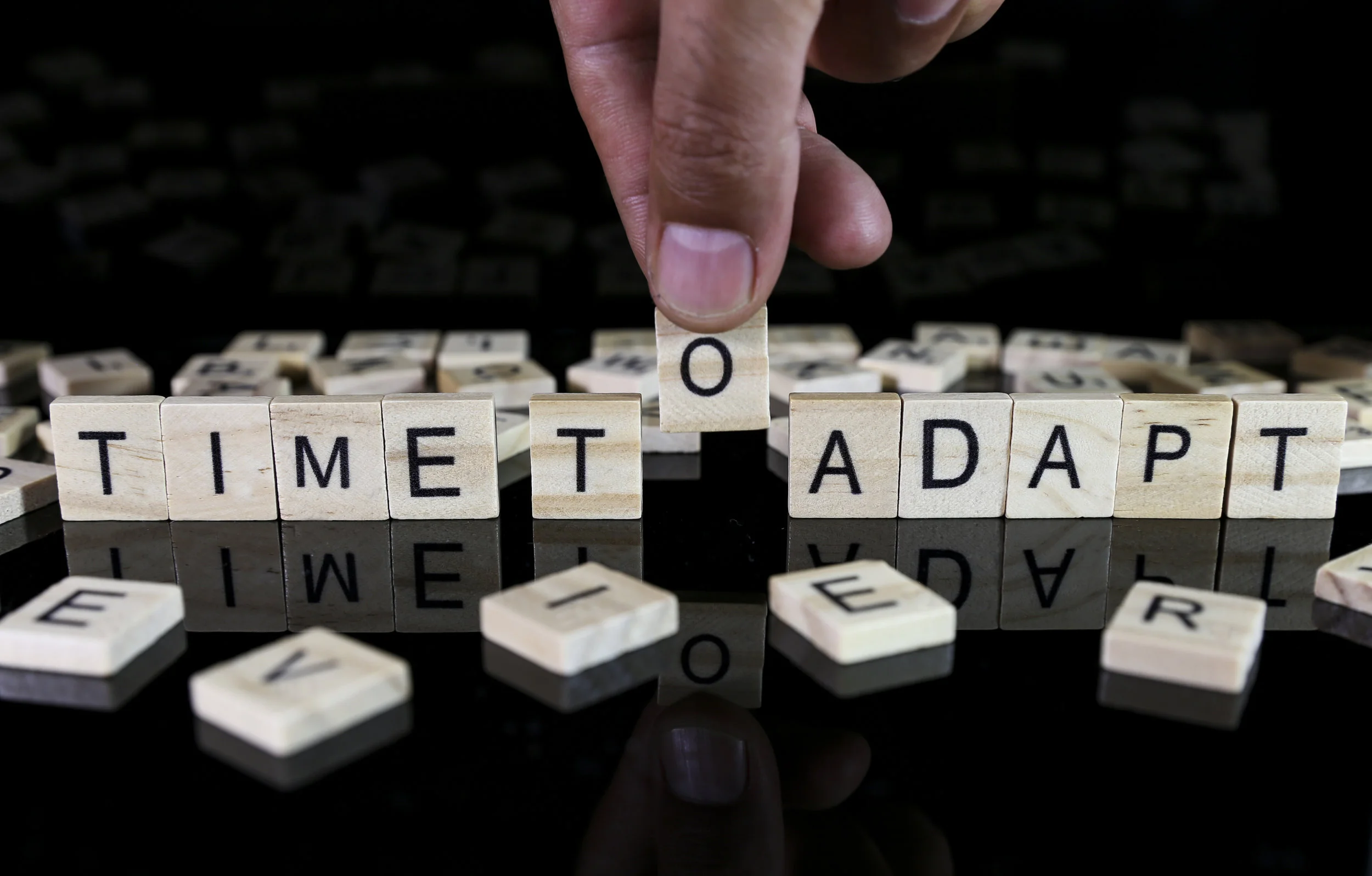Definition
Nutrition counseling is an ongoing process in which a health professional, usually a registered dietitian, works with an individual to assess his or her usual dietary intake and identify areas where change is needed. The nutrition counselor provides information, educational materials, support, and follow-up to help the individual make and maintain the needed dietary changes.
Purpose
The goal of nutrition counseling is to help a person make and maintain dietary changes. For a person with a mental disorder, dietary change may be needed to promote healthier eating, to adopt a therapeutic diet, or to avoid nutrient-drug interactions. Nutrition counseling is an integral part of treatment for persons with eating disorders or chemical dependencies. Persons taking certain drugs, such as monoamine oxidase inhibitors, used to treat depression and anxiety disorders, need to follow a tyramine-controlled diet to avoid dietary interference with their medication. Many drugs used to treat mental disorders can cause weight gain or loss, so persons taking these medications may also benefit from nutrition counseling.
The nutrition counselor and individual work together to assess current eating patterns and identify areas where change is needed. Registered dietitians have met certain education and experience standards and are well qualified to provide nutrition counseling, but nurses, physicians, and health educators also provide nutrition counseling.
Description
Assessing dietary habits
Nutrition counseling usually begins with an interview in which the counselor asks questions about a person's typical food intake. Nutrition counselors use different methods to assess typical food intake.
The 24-hour recall method is a listing of all the foods and beverages a person consumed within the previous 24-hour period. The nutrition counselor may ask a person to recall the first thing he or she ate or drank the previous morning. The counselor then records the estimated amounts of all the foods and beverages the person consumed the rest of the day. The 24-hour food recall can be used to provide an estimate of energy and nutrient intake. However, people tend to over- or underestimate intake of certain foods, and food intake on one day may not accurately represent typical food intake.
A food frequency questionnaire can sometimes provide a more accurate picture of a person's typical eating patterns. The nutrition counselor may ask the client how often he or she consumes certain food groups. For example, the counselor may ask a person how many servings of dairy products, fruits, vegetables, grains and cereals, meats, or fats he or she consumes in a typical day, week, or month.
Daily food records are also useful in assessing food intake. An individual keeps a written record of the amounts of all foods and beverages consumed over a given period of time. The nutrition counselor can then use the food records to analyze actual energy and nutrient intake. Three-day food records kept over two weekdays and one weekend day are often used.
Assessing body weight
Nutrition counselors may assess an individual's body weight by comparing his or her weight to various weight-for-height tables. A rough rule of thumb for determining a woman's ideal body weight is to allow 100 lb (45 kg) for the first 5 ft (1.5 m) of height plus 5 lb (2.3 kg) for every additional inch. A man is allowed 106 lb (48 kg) for the first 5 ft (1.5 m) of height plus 6 lb (2.7 kg) for every additional inch. However, this guide does not take into account a person's frame size.
Body mass index, or BMI, is another indicator used to assess body weight. BMI is calculated as weight in kilograms divided by height in meters squared. A BMI of 20 to 25 is considered normal weight, a BMI of less than 20 is considered underweight, and a BMI of greater than 25 is considered overweight.
Identifying changes needed
The initial dietary assessment and interview provide the basis for identifying behaviors that need to be changed. Sometimes a person already has a good idea of what dietary changes are needed, but may require help making the changes. Other times the nutrition counselor can help educate a person on the health effects of different dietary choices. The nutrition counselor and client work together to identify areas where change is needed, prioritize changes, and problem-solve as to how to make the changes.
Making dietary change is a gradual process. An individual may start with one or two easier dietary changes the first few weeks and gradually make additional or more difficult changes over several weeks or months. For example, an easy change for a person might be switching from 2% to skim milk, or taking time for a quick yogurt or granola bar in the morning instead of skipping breakfast. More difficult changes might be learning to replace high-fat meat choices with leaner ones, or including more servings of vegetables daily.
In making dietary changes, each individual's situation and background must be carefully considered. Factors that affect food decisions include an individual's ethnic background, religion, group affiliation, socioeconomic status, and world view.
Identifying barriers to change
Once the needed changes have been identified, the client and nutrition counselor think through potential problems that may arise. For example, changing eating behaviors may mean involving others, purchasing different foods, planning ahead for social events, or bringing special foods to work. Some common barriers to changing eating habits include:
- inconvenience
- social gatherings
- food preferences
- lack of knowledge or time
- cost
Setting goals
The nutrition counselor and client set behavior-oriented goals together. Goals should focus on the behaviors needed to achieve the desired dietary change, not on an absolute value, such as achieving a certain body weight. For a person working to prevent weight gain associated with certain medications, for example, his or her goals might be to increase the amount of fruits, vegetables, and whole grains consumed each day. Such changes would help prevent weight gain while placing the emphasis on needed behaviors rather than on actual weight.
Finding support
Family members are encouraged to attend nutrition counseling sessions with the client, especially if they share responsibility for food selection and preparation. Although the individual must make food choices and take responsibility for dietary changes, having the support and understanding of family and friends makes success more likely.
Maintaining changes
The challenge for the nutrition client lies not in making the initial dietary changes, but in maintaining them over the long term. Self-monitoring, realistic expectations, and continued follow-up can help a person maintain dietary changes.
Self-monitoring involves regularly checking eating habits against desired goals and keeping track of eating behaviors. Keeping a food diary on a daily or periodic basis helps the individual be more aware of his or her eating behaviors and provides a ready tool to analyze eating habits. Sometimes a simplified checklist to assure adequate intake of different food groups may be used.
Individuals and nutrition counselors should not expect perfect dietary compliance—slips inevitably occur. The goal is to keep small slips, such as eating a few extra cookies, from becoming big slips, like total abandonment of dietary change. The counselor can help the client identify situations that may lead to relapse and plan ways to handle the situations ahead of time.
Nutrition counseling is an ongoing process that can take months or years. In follow-up nutrition counseling sessions, the individual and counselor analyze food records together and problem-solve behaviors that are especially difficult to change. Follow-up counseling also allows the opportunity to reevaluate goals and strategies for achieving those goals.
This article originally appeared on minddisorders.com











![Self-regulation “control [of oneself] by oneself"](https://images.squarespace-cdn.com/content/v1/55563e14e4b01769086817cb/1542845645966-PO2HGKF5JLUBM45UIWQ3/wee-lee-790761-unsplash.jpg)



















